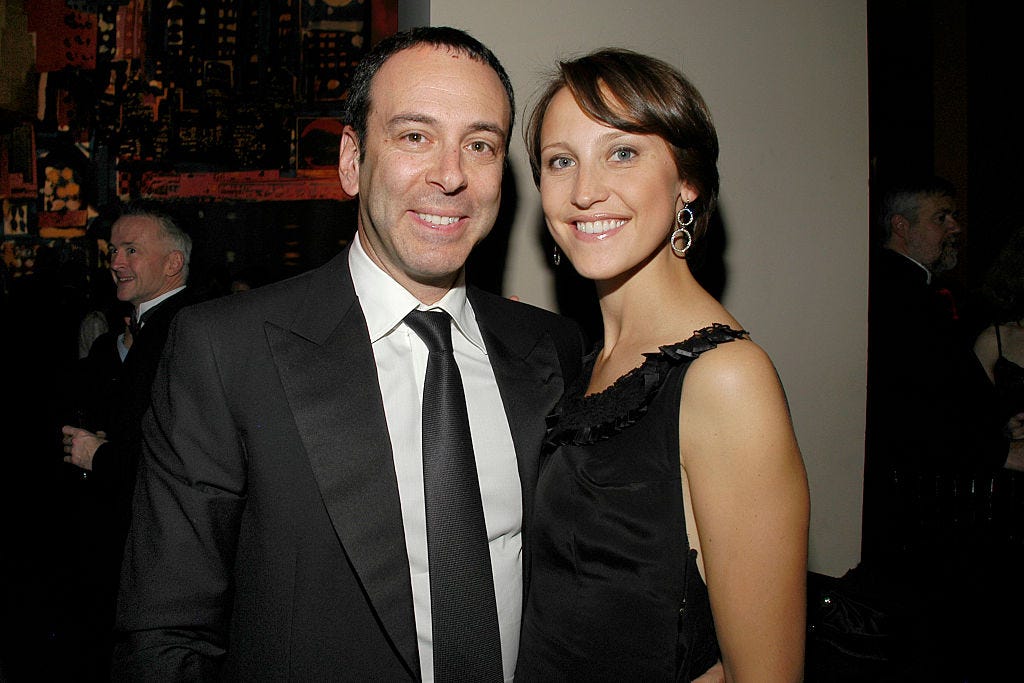💥What's Going on with Sears? Part I.💥
This sucker is still languishing in chapter 11 bankruptcy, believe it or not.

For those of you who have been blindsided by the world around you — whether that’s due to the still-rampant coronavirus, the January 6 hearings in Washington DC, or recent decisions from the Supreme C…


